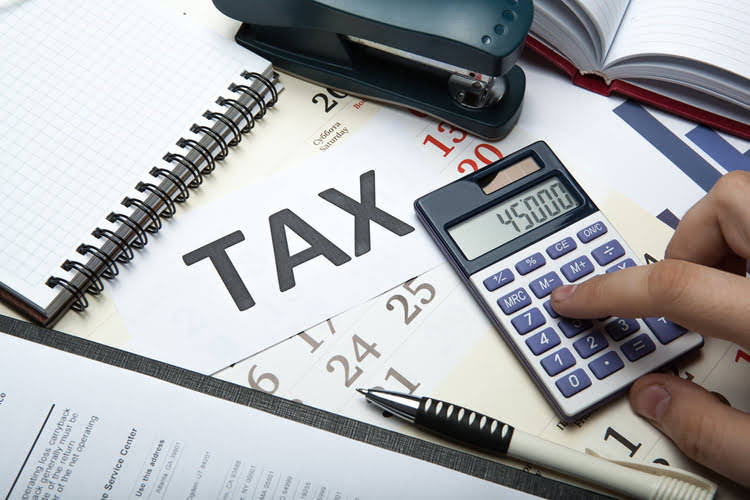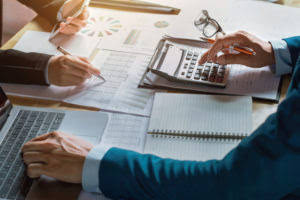
He estimates that he can use this machine for five years or 100,000 presses, and that the machine will only be worth $1,000 at the end of its life. He also estimates that he will make 20,000 clothing items in year one and 30,000 clothing items in year two. Determine Liam’s depreciation costs for his first two years of business under straight-line, units-of-production, and double-declining-balance methods. The journal entry of spreading the cost of fixed assets is very simple and straightforward.
- If there is no accounting manual or relevant documentation about this matter, reach out to the bookkeeper or predecessor accountant.
- At the end of the year, Big John would record this depreciation journal entry.
- For details on how to do that, read our article on recording the disposal of fixed assets.
- For example, in the current example both straight-line and double-declining-balance depreciation will provide a total depreciation expense of $48,000 over its five-year depreciable life.
- A company buys a piece of equipment worth $ 10,000 with an expected usage of 5 years.
- In other words, this is a part of the machine cost that can be depreciated.
A company can adjust some classes of assets to fair value but not others. Under US GAAP, almost all long-lived assets are carried on the balance sheet at their depreciated historical cost, regardless of how the actual fair value of the asset changes. Suppose your company owns a single building that you bought for $1,000,000. Under US GAAP, this is how this building would appear in the balance sheet.
Fundamentals of Depreciation
GAAP only allows downward adjustments from historical cost, which are called impairment losses. This is a difference from IFRS, which allows for both upward and downward asset revaluation. Every company has fixed assets, and you’re probably reading this on one right now. Fixed assets are purchases your company makes that add value to the business and that help your company make money. These are purchases that will benefit the business for more than a year.
But in reality, once you’re familiar with depreciation and the different depreciation methods you can use, the process becomes much simpler. If you computed manually, you can compute end-of-year accumulated depreciation by adding depreciation expenses journal entry for depreciation and beginning accumulated depreciation. But if you created a depreciation worksheet, simply refer to the column that shows end-of-year depreciation. Finally, depreciation is not intended to reduce the cost of a fixed asset to its market value.
Understanding the Concept of Depreciation
As an asset supports the cash flow of the organization, expensing its cost needs to be allocated, not just recorded as an arbitrary calculation. An asset’s depreciation may change over its life according to its use. If asset depreciation is arbitrarily determined, the recorded “gains or losses on the disposition of depreciable property assets seen in financial statements”8 are not true best estimates. Due to operational changes, the depreciation expense needs to be periodically reevaluated and adjusted. It is a balance sheet item which its normal balance is on the credit side.

The method currently used by the IRS is the Modified Accelerated Cost Recovery System (MACRS). He has a CPA license in the Philippines and a BS in Accountancy graduate at Silliman University. After the asset’s useful life is over and when all depreciation is charged, the asset approaches its scrap or residual value.
Sum-of-the-years depreciation
We simply record the depreciation on debit and credit to accumulated depreciation. At the end of useful life, the net book value of the asset equal to the cost minus accumulated depreciation. https://www.bookstime.com/ In accounting, depreciation is an expense account to record the allocation of the cost of fixed assets or non-current assets over the useful life or life expectancy of the assets.

